Nov 20, 2018 By: rolen
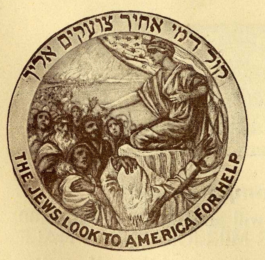 The Central Relief Committee (CRC) issued a combined Thanksgiving and Chanukah fundraising brochure in 1915. The CRC was founded by the Union of Orthodox Congregations of America on October 14, 1914, three months after the outbreak of the First World War, to provide aid to “Jews in Eastern Europe and the Holy Land” caught in the throes of the War. The organization’s motto was “Shed Tears for the Dead, But Give Bread for the Living.” Yeshiva University Archives houses the records of the CRC.
The Central Relief Committee (CRC) issued a combined Thanksgiving and Chanukah fundraising brochure in 1915. The CRC was founded by the Union of Orthodox Congregations of America on October 14, 1914, three months after the outbreak of the First World War, to provide aid to “Jews in Eastern Europe and the Holy Land” caught in the throes of the War. The organization’s motto was “Shed Tears for the Dead, But Give Bread for the Living.” Yeshiva University Archives houses the records of the CRC.
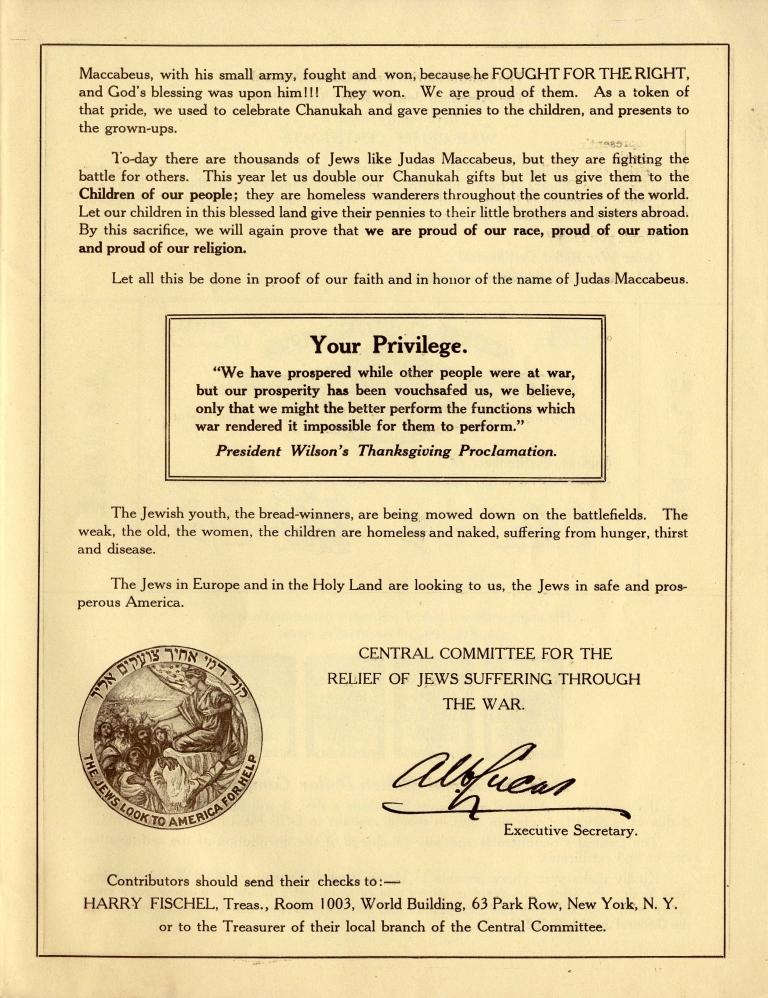 Yeshiva University Archives
Yeshiva University ArchivesCentral Relief Committee Collection 26-15
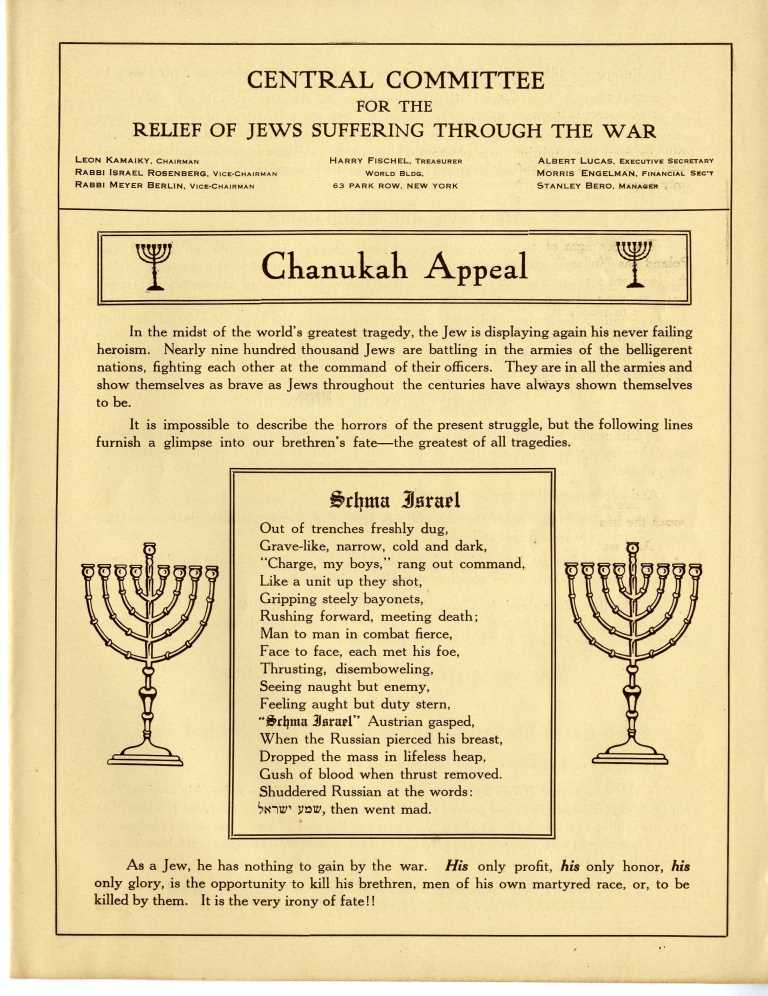 Yeshiva University Archives
Yeshiva University ArchivesCentral Relief Committee 26-15
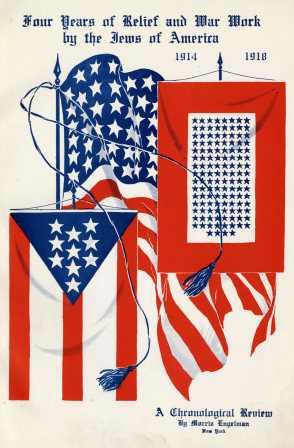 Yeshiva University Archives
Yeshiva University ArchivesCentral Relief Committee 98-1
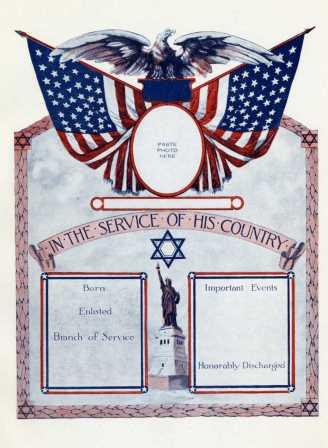 Yeshiva University Archives
Yeshiva University ArchivesCentral Relief Committee 98-1
